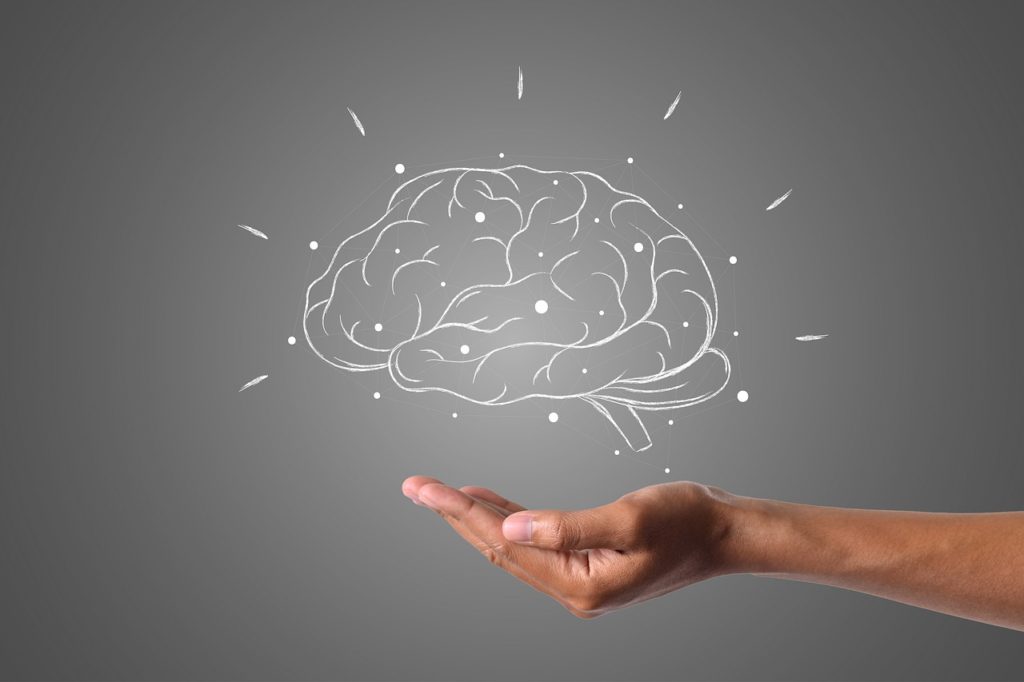It is typically considered a truism in psychology that when we feel any particular emotion it is often the fruit of a thought or system of thinking that preceded it. Of course, there are exceptions to almost every rule, like the human fight-flight-freeze reflex, but other than that you can make a pretty strong case that our emotions are preceded by thoughts. If this is the case then it should stand to reason that we would want the thinking preceding our emotion to be as logical as possible. Of course with humans being as they are this is often not the case. Very often our emotions are preceded by thinking that is not only inaccurate but may have been with us since childhood, coloring our thinking in relationships, education, or careers.
It is in this light that we decided to make a list of the most common cognitive distortions, means for combating them, and ways to begin replacing them with more effective thinking. This is by no means an exhaustive list as compared to other books and articles but it was our intent to focus on some of the more basic ones that we felt were most common in children and adolescents.
Negative Internal Attribution style
Attribution is a basic means of interpreting events that happen in our lives and ascribing causes for those events. For example, if a child loses a game or gets a poor grade on a test there attitude may be “this always happens to me” or “I am no good.” This can seem harmless but if it becomes a stable part of a person’s way of thinking, like every item in this list, it becomes a means of interpreting almost all information relating to achievement. Of course, as often happens in life, well-meaning people who are aware of this phenomena sometimes over-correct in the opposite direction, creating what can be called “participation trophy syndrome” or artificially created self-esteem.
As with most issues discussed in this website, the most beneficial way of dealing with a negative attribution style is to help your child see their successes and failures in as objective a light as possible. Our belief at psychdomain.com is that as parents our job is to help children become adults who are able to objectively look at the world and make their way successfully. Help your child see when they have been successful and unsuccessful and to find positives in both situations. Learning to persevere through adversity but also learning to continue working and improving after early success are both habits that will stand them in good stead as adults.
Mind Reading
Closely related to internal attribution is the idea of “mind reading” or external attribution, where we often are feel that we know what someone is thinking, especially about us, or why they did something that may have hurt our feelings. For example, if someone you feel is your friend did not ask you to be their partner in an activity or wanted to be on a team at recess with another person, you may say “I know why they did that, they just don’t like me.” Like most cognitive distortions, this starts off in small ways but can eventually become ingrained to the point that it can affect relationships on many levels and can be used to filter information from almost any social situation.
As with internal attribution, the best way to help your child combat it is to help them learn to interpret social information more accurately. All children have difficulty with this skill on some level and, of course, children who are on the autism spectrum or who just struggle to read social cues will need extra help to learn to interpret these situations.
Catastrophizing
This is a pretty well-known distortion within the psychiatric community. It is often exhibited by many children, and adults, especially ones who struggle with anxiety. Its typical feature is to look at certain situations, especially ones they see as important, and not only expect negative outcomes but then extrapolate from those outcomes other worse outcomes. For example, if your child gets a poor grade on an assignment or test, they then begin to see themselves possibly flunking out of school and becoming homeless or whatever outcome they have decided would be distressing for them.
This distortion underscores one of the main ideas of cognitive-behavioral therapy, namely the influence that your thinking has on your emotional states. Of course, catastrophizing is often related to one’s internal attribution style (see above) in that if one sees a poor grade or poor performance as being constant, the more they will have fertile ground to engage in seeing what they consider to be the worst possible outcome to the situation in question. This can become a vicious cycle that can be hard to break for a parent once it becomes habitual. A few poor outcomes seen as being due to some deficiency within themselves that “will never change,” then imagining some dystopian outcome for themselves which can often make it more difficult for them to focus on homework or whatever situation is generating the anxiety, thus making it more likely for a poor outcome in the original situation.
Obviously, outcomes that are less than ideal are possible for all of us. As a parent trying to help a child, or themselves, break out from this type of cycle will take effort in the form of being aware of the thinking patterns and looking at them in more realistic ways. Is one poor grade going to lead me down the road to ruin? Probably not. As with most cognitive distortions one of the most important ways to combat it is with realistic thinking and maintaining focus on areas where we have control.
“Black and White” Thinking
Also known as “all or nothing” or Polarized thinking, is a very common thought distortion that virtually everyone uses at some point but one that typically lessens over time. It is characterized by the inability to see “gray areas” in virtually all situations. This distortion has some overlap with catastropizing in the sense that the person engaged in “black and white” thinking will typically see most every situation with little ambiguity, either it is all good or all bad, therefore when something “bad” is perceived as happening it could look like catastrophizing. We either get good grades and are “perfect” or we get one poor grade and are destined for failure. This, like many distortions, is best treated by the parents or caregivers on a daily basis through calmly pointing out gray areas in thinking in real time. Allowing thinking patterns to fester and become ingrained only makes them harder to combat as the person gets older.
Overgeneralization
A distortion similar to “black and white” thinking is overgeneralization. In many ways, it could be seen as almost a precursor to “black and white” thinking in that it is the process of taking a single instance when something perceived as “bad” happened and creates a rule in the person’s mind that they utilize whenever a similar situation arises. This can eventually lead to a person seeing every familiar situation as good or bad. If they struggle in one unit of math, all of the sudden they are bad at math. If they do well playing a new game in PE they are now “great” at that game. Again, helping them see the gray areas in the situations is crucial to helping them shed these ineffective modes of thinking as quickly as possible.
Emotional Reasoning vs. Intellectualization
Emotional reasoning is seeming to become a more tricky distortion, especially because it seems to be becoming more and more prevalent in adults, especially in political areas. Emotional reasoning is essentially insisting to yourself that things you wish were true or fear are true must actually be true. Logic and reality are left aside and we act on the basis of our emotions.
One of the tricky aspects of this idea is that it has been proven that humans need to use their emotional mind along with their rational mind to help themselves make decisions. This also can be in opposition to the Freudian defense mechanism called “intellectualization” which is essentially the inverse where a person stifles their emotions and try to make decisions in purely rational ways. Both are inefficient at best and often incorrect.
Conclusion
As children, we are full of inaccurate and inefficient ways of looking at the world. As we mature, many of these are corrected or at least mitigated by experience. However, all of us typically still fall prey to many of the more insidious forms of distortion. As a parent, you have the ability to help your child be aware and make sense of many of these distortions and learn accurate ways of interpreting the world. As with most of the situations discussed, your own ability to be aware and responsible for your own behavior will influence your children to a much greater degree than simply telling them what they should do and hoping that they will then do it.

